Yamaha YXZ1000R (2017) Bruksanvisning
Läs gratis den bruksanvisning för Yamaha YXZ1000R (2017) (218 sidor) i kategorin kylskåp. Guiden har ansetts hjälpsam av 22 personer och har ett genomsnittsbetyg på 3.9 stjärnor baserat på 11.5 recensioner. Har du en fråga om Yamaha YXZ1000R (2017) eller vill du ställa frågor till andra användare av produkten? Ställ en fråga
Sida 1/218

B57-F8199-7A
YXZ10YEXH
YXZ10YESH
OWNER’S MANUAL
READ THIS MANUAL CAREFULLY!
It contains important safety information.
Produktspecifikationer
| Varumärke: | Yamaha |
| Kategori: | kylskåp |
| Modell: | YXZ1000R (2017) |
| Enhetsplacering: | Vrijstaand |
| Typ av operation: | Draaiknop |
| Färg på produkten: | Wit |
| Dörrgångjärn: | Rechts |
| Inbyggd display: | Nee |
| Vikt: | 41730 g |
| Bredd: | 552.45 mm |
| Djup: | 596.9 mm |
| Höjd: | 1416.05 mm |
| Ljudnivå: | - dB |
| Årlig-energiförbrukning: | - kWu |
| Förpackningens vikt: | 44905 g |
| Förpackningens bredd: | 584.2 mm |
| Djuppackning: | 609.6 mm |
| Förpackningshöjd: | 1454.15 mm |
| Frys bruttokapacitet: | - l |
| Frys nettokapacitet: | 209.54 l |
| Fryskapacitet: | - kg/24u |
| Belysning inuti: | Ja |
| Avfrostningsfunktion: | Ja |
| Dörröppningsriktning utbytbar: | Ja |
| Kylskåpets nettokapacitet: | - l |
| Kylskåp med bruttokapacitet: | - l |
| No Frost (kylskåp): | Ja |
| Kylskåp invändig belysning: | Ja |
| Frysläge: | Boven |
| Retentionstid vid strömavbrott: | - uur |
| Total nettokapacitet: | 209.54 l |
| Inget frostsystem: | Ja |
| Hyllmaterial: | Gehard glas |
| Till fackområdet: | Ja |
| Automatisk avfrostning (frys): | Ja |
| Justerbara fötter: | Ja |
| Paket vikt: | 45 kg |
| Hållbarhetscertifikat: | ENERGY STAR |
| AC-ingångsspänning: | 110 V |
| AC-ingångsfrekvens: | 60 Hz |
| Iskubshållare: | Ja |
Behöver du hjälp?
Om du behöver hjälp med Yamaha YXZ1000R (2017) ställ en fråga nedan och andra användare kommer att svara dig
kylskåp Yamaha Manualer

4 Januari 2025

31 Augusti 2024

23 Augusti 2024

19 Augusti 2024

14 Augusti 2024

13 Augusti 2024

9 Augusti 2024

5 Augusti 2024

31 Juli 2024
kylskåp Manualer
- United
- Glem Gas
- Smart Brand
- Cuisinart
- Salora
- Kool-It
- Brastemp
- Nedis
- Candy
- Triomph
- Leisure
- Haeger
- Summit
- Temptech
- Swan
Nyaste kylskåp Manualer
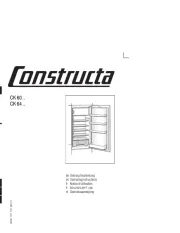
23 Oktober 2025
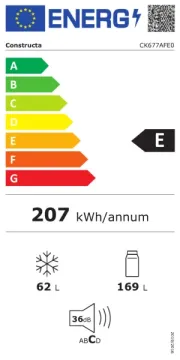
23 Oktober 2025
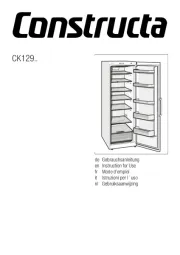
23 Oktober 2025

23 Oktober 2025
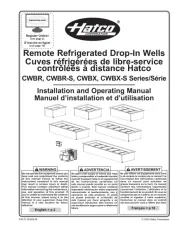
23 Oktober 2025
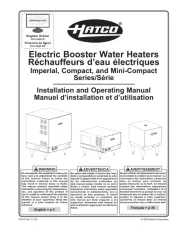
23 Oktober 2025
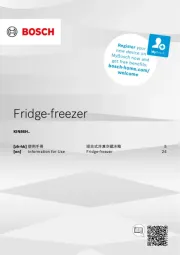
21 Oktober 2025
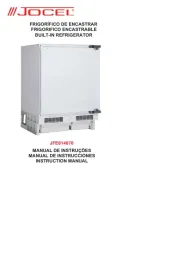
21 Oktober 2025
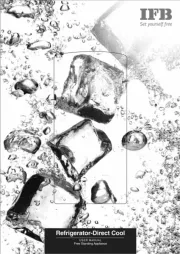
20 Oktober 2025
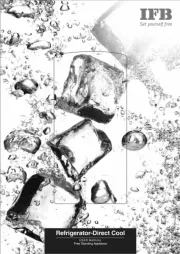
20 Oktober 2025